On a bright summer day at Orokonui,
I saw bellbirds and robins and kaka and tui.
Tuatara and takahe step to and fro,
Like small dinosaurs from eons ago.
If you come here at night, you can hear ruru hoot,
And you may see a kiwi (the bird, not the fruit).
These creatures and more deserve your attention,
Since they could vanish without good protection.
As you can see, I’ve been taking advantage of my new free time after handing in my master’s thesis. Earlier this week, a couple of my friends and I spent the afternoon at Orokonui Ecosanctuary, a 307-hectare protected area near Dunedin, NZ. At Orokonui, native forests are growing back after being cleared for farmland, and rare birds endemic to NZ (meaning they can only be found in NZ) are protected from predators.
The view over the coastal Otago hills from the Orokonui Visitor Center. Image by Allison Brown
As I’ve mentioned before, introduced predators are a big problem here in NZ. Before people came here, NZ’s entire population of vertebrates consisted of birds and reptiles (except for a few bats). Many birds lost the ability to fly. When the first people arrived – the Maori – they brought rats and dogs. Later, possums came over from Australia, and European settlers introduced stoats and cats. The introduced predators found easy prey with so many ground dwelling birds, and native populations were decimated. Some species, like the takahe (a large purple-blue rail), only have a few hundred individuals left. There are a mere 150 or so kakapo (a large flightless parrot) left in the world.
One of Orokonui's resident takahe, hiding in the bushes. Takahe are now so endangered that they only live in sanctuaries or on islands that have been completely cleared of predators.
At Orokonui, though, these creatures are protected. The entire area is surrounded by a fence made of stainless steel mesh to keep predators out. The mesh is so small that not even baby mice can get through, and the fence extends into the ground so that rats and stoats cannot dig underneath it. It stands over two meters tall – too tall for a cat or a dog to jump over, and it has rails at the top to prevent anything from climbing up and over. The residents of Orokonui are safe.
My friends and I had a lovely walk, and I (of course) took lots of photos! Here are a few of them:
The whole takahe family was out and about! The baby isn't as colorful as mom and dad yet, and is pretty uncoordinated.
A tuatara, one of the world's stranger reptiles. They may look like lizards, but they're actually the only member of their own ancient order. They have much more primitive physiology than other reptiles, and are of great interest as a possible link between amphibians and reptiles. Tuatara also have three eyes, but the third eye is only visible on hatchlings.
This NZ robin came up close and investigated our feet, but started when I shifted my weight. Robins like to follow people along paths because we tend to kick up gravel and soil and reveal tasty bugs underneath.
A South Island kaka, one of NZ's native parrot species. These feeder boxes are designed so that only the heavier parrots can stand on the lever to open them.
Hey! How do we get into the feeder box?
Bellbirds may not look flashy, but they produce the most incredible song! When Captain Cook first visited NZ in 1770, he commented on hearing the beautiful sound of bells from the shore. There must have been something tasty on this feeder platform - if you look closely, you can see this bellbird's tongue!
A tui, with its distinctive throat wattles. They kind of sing like bellbirds, but every so often they also make weird coughing and sneezing sounds that interrupt the song. The banner image on this website's home page is of a tui in some flax.
Oh, and as for the little poem at the start of this post – I wasn’t at Orokonui at night, so I didn’t get to see kiwi or ruru (a native owl). But here’s what they look like:
A ruru, or morepork, NZ's native owl. There also used to be another NZ native owl, the laughing owl, but it went extinct in 1914, probably because of introduced cats and stoats. Image by digitaltrails
NZ's most famous native bird, and a national icon: the kiwi. Kiwis use their whiskers and nostrils at the end of their beaks to find food, since their eyesight isn't very good. Image by Allie_Caulfield
This is the last post of the year, folks! But there’s a lot more coming in 2018. I’ll be spending New Year’s on Stewart Island, off the bottom of the South Island. I’ll be ringing in my new year with kiwi and little blue penguins at the bottom of the world – and you guys will get to see photos from that adventure soon! Then I have tons of other posts planned, so keep an eye out for those every Friday afternoon (NZ time, at least for now).
Happy New Year from the Wild Focus Project!












